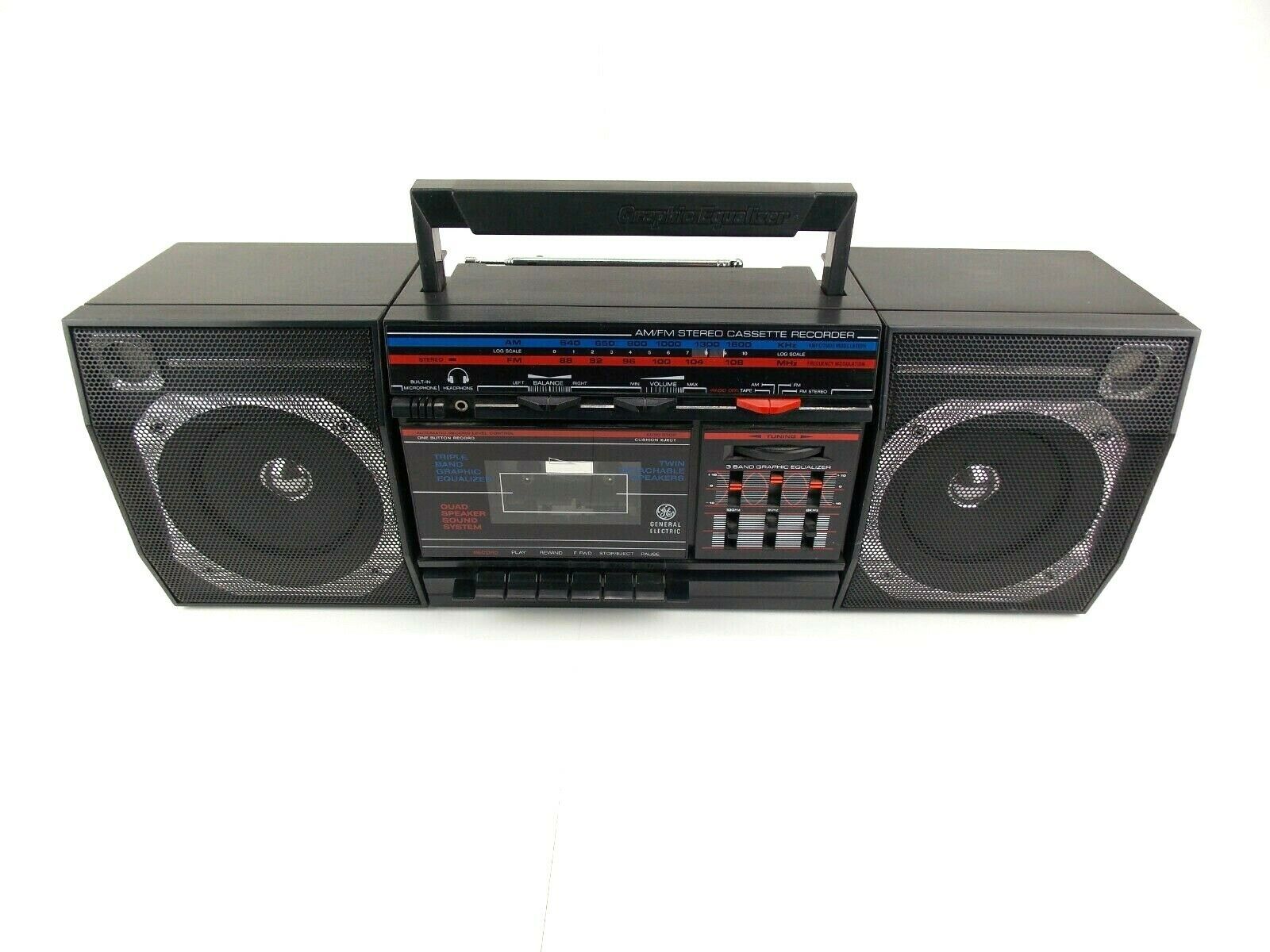
Culture
These Common Household Items Are Worth A Fortune
Ever bought an item years ago and time passed and it lost usefulness?
Many of us have these items we no longer make use of. Ranging from gifts we got from events to stuff given from friends. Some we touched or used for a while. Others were rarely opened and ended up in a place we now call basement or storage for some.
What we don’t know is these items — gadgets, appliances, toys have accumulated in value. Contrary to the belief of depreciation when an item isn’t used, nostalgia for electronics has made these products rank up in value.
And these items can fetch us a few bucks. You’ll surely be amazed you own a few of the products on the list.

Old Cell Phones
When we were young, whenever we bought new products, old and previously existing products would be relegated and won’t be used again.
Or who still remembers what happened to their small sized Motorola or Sony Ericsson? Because they’re rare in the market, collectors have interest in them and could cough out a few hundreds for them.
Valuable models that could interest collectors include the Motorola Lazer, the Ericsson GH 337, the Nokia 8850 Hiptop Sidekick and the Ericsson T39m.
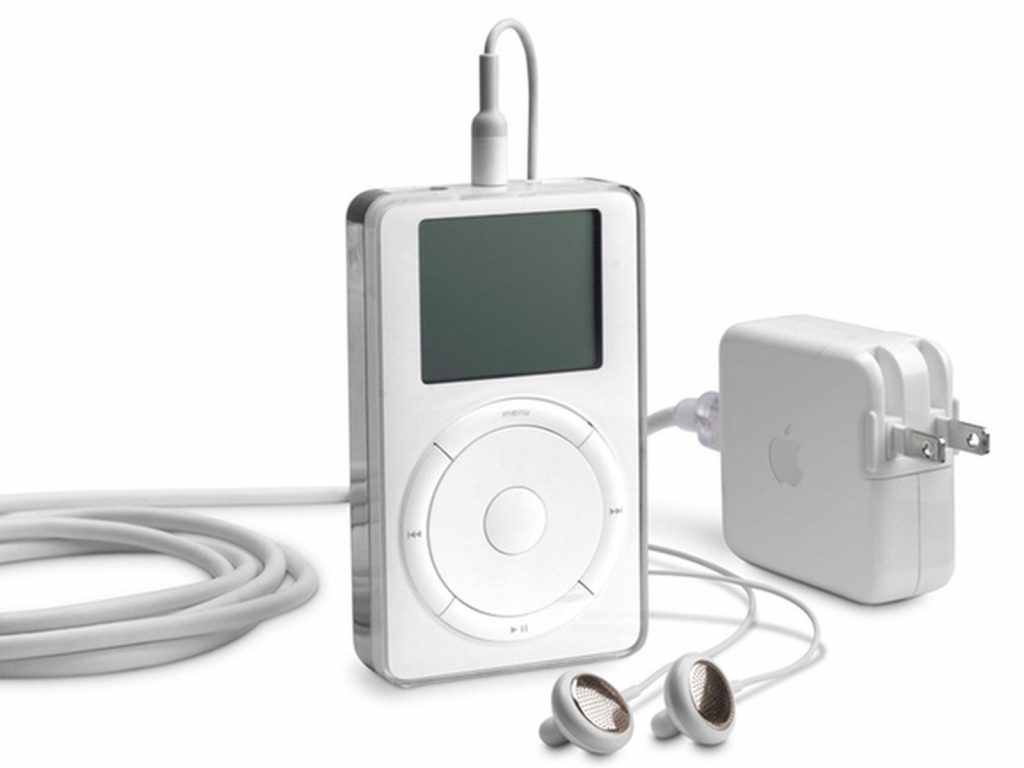
Your First iPod
It’s on record the iPod was first released in 2001, more than 18 years ago. Yet, people who still own the first iPod releases are making a huge return selling them off.
Most of the first editions of iPods have fetched up to $20,000. While you might not have yours in the box it came with, there’s still a chance you can make a profit off it.
These iPods might seem old, but there are people who find them useful.
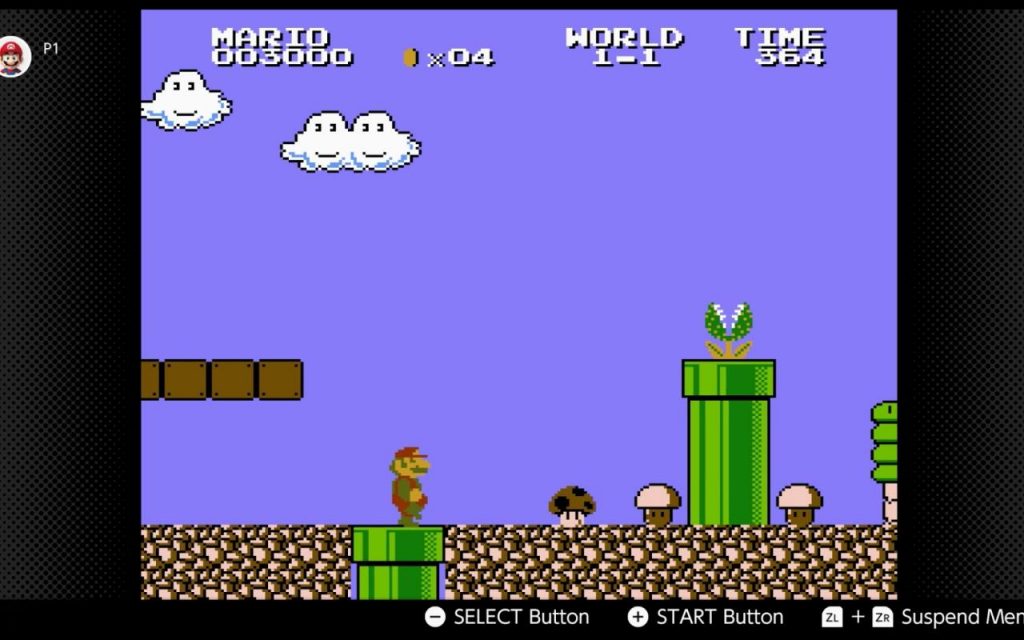
Video Games
Vintage video games are beginning to be of huge demand in the video game world.
Especially early or first versions of these games. Someone for example sold a copy of Super Mario Bros for the Nintendo Entertainment System (NES) for about $30,000
Why?
The game was packaged differently, meaning it was sold separately from the NES when it was released.
Not long after, Nintendo and Super Mario Bros was sold together. With this, the older versions of the game became extinct.
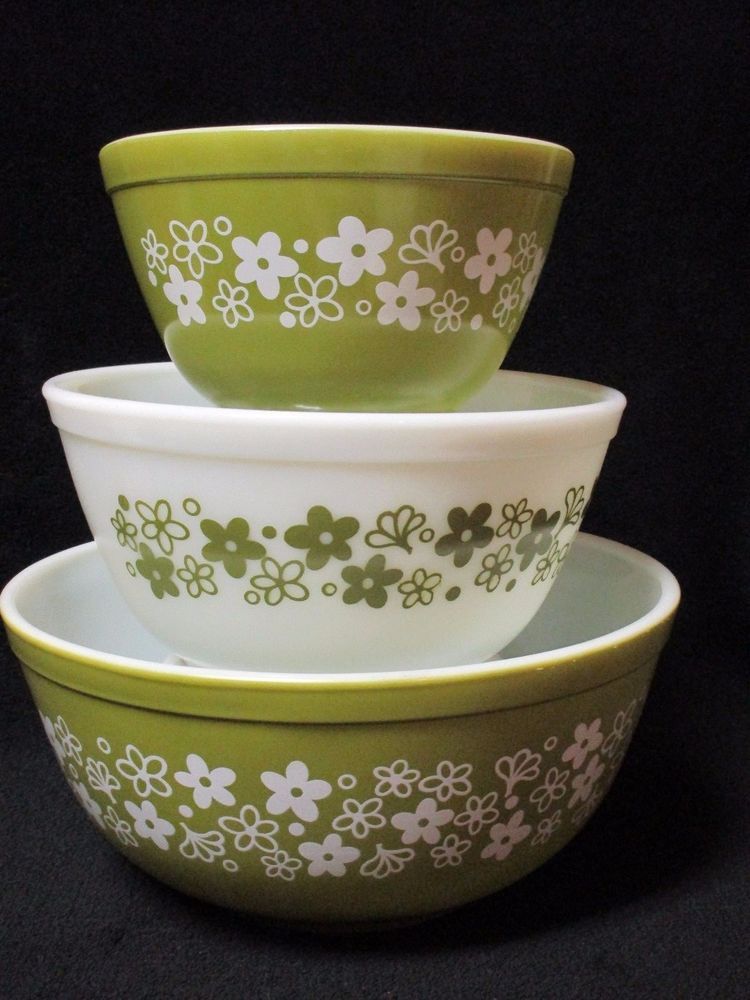
Pyrex Bowls
First introduced in 1915, Pyrex bowls was unique because of its usefulness as it helped serve and preserve food.
People use this bowl for a variety of functions including to mix, cook and bake. The most significant feature was its borosilicate glass.
With its value, it’s been speculated to cost a lot. People who still have these Pyrex bowls especially the rare designed ones—floral, geometric, or colored solid can sell it off for a few hundreds.
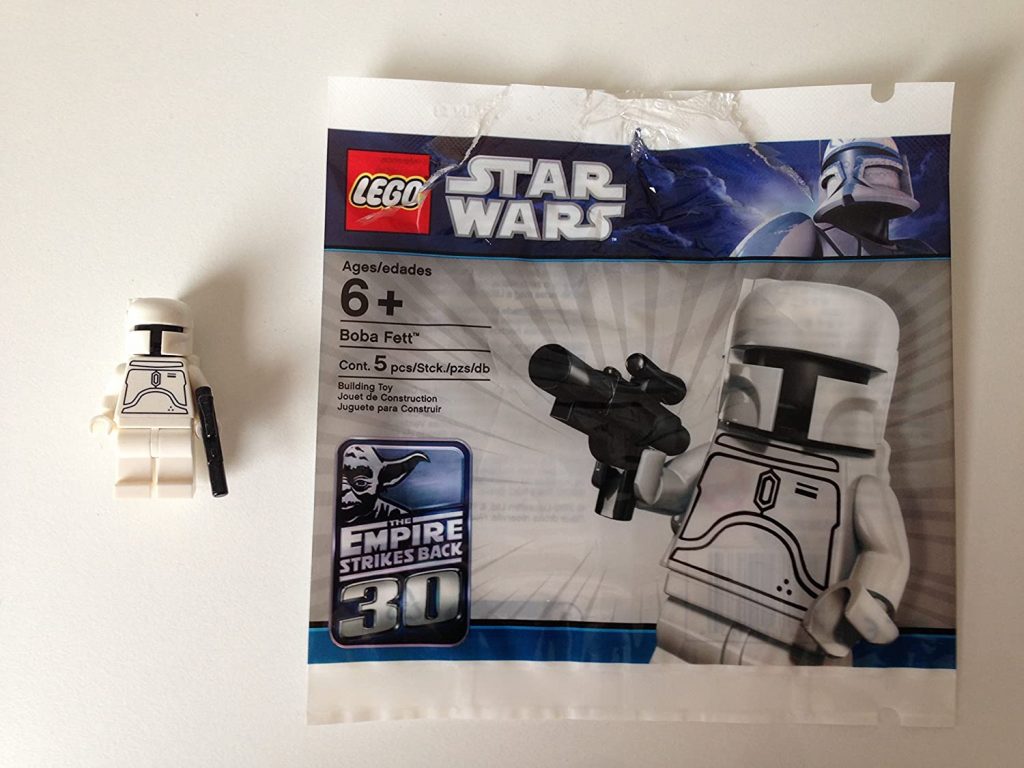
Rare Legos
Our childhood was littered with Legos toys as we had fun times playing with them. But what if we told you these toys could fetch a few bucks for those who still possess them.
Yes. The earlier made products of Legos are being searched for in the market for various reasons and collectors are specially interested in the Legos Star Wars Cloud City edition. This particular one might fetch those who own it about $660 on average.
Others like the minifigs e.g the White Bobba Fett are worth around $130 to $175 if it’s available in the original packaging.
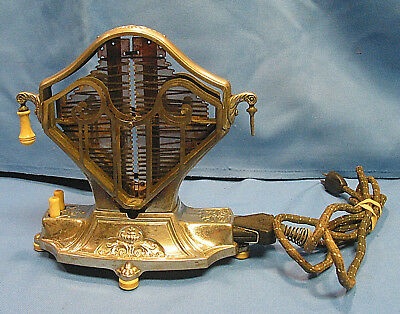
Vintage Toasters
Many grandparents like to keep stuff like this in their basement. Of course, tech advancements has made sure we’ve moved on from those earlier made toasters.
These vintage toasters are however worth a lot more these days. One of them, the Sweet Heart toaster was sold in the 1930. The toaster has exposed sides that toast one side of the bread at a time. For this, a seller could get up to $650.
Most families might still be in possession of this special toaster since it has a button that flips the bread around, toasting its other side. The reason why it’s so valuable.
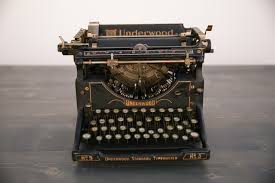
Typewriters
People are selling old collections of typewriters for as high as $27,000 on the foremost e-commerce site, eBay.
For people in possession of a typewriter even before the introduction of a computer, or you got one from a relative, you could make money off it.
There’s a chance you might not have one that old, but these typewriters are sold in the range of $50 to $500.
There are ones being sold for less than $400 since typewriters are still all over the place these days.
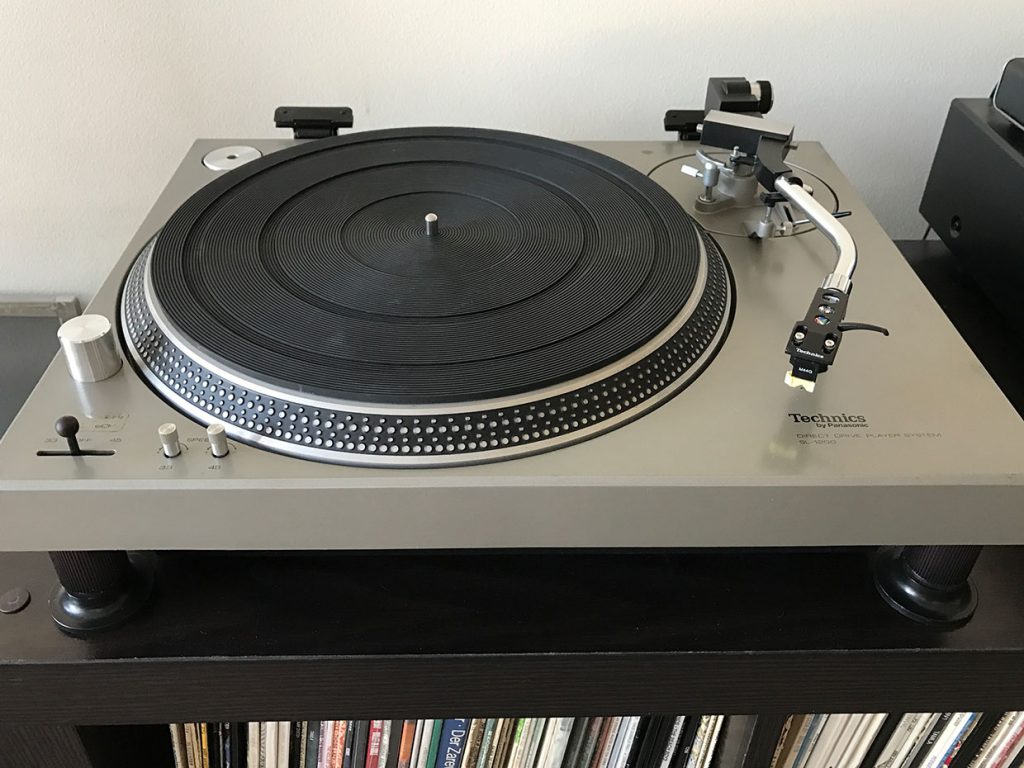
Record Players
Now that we stream music, CDs and vinyl players are mostly not used any longer.
But collectors are however interested in this as vinyls are still being played by old people in some countries thus eliciting a demand for record players.
The Technics SL-1200 was recently sold on eBay for around $5,000. If you’re in possession of old editions of record players, you can determine the price by checking it on eBay.
Regardless of the model, record players can generate up to $150. It’s a good sale after all.
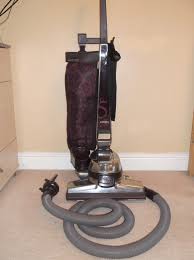
Vacuum Cleaners
Surprised? Anyone will be since vacuum cleaners are a staple in most households. However, collectors are interested in vintage vacuum cleaners.
Who knows. You could discover one in your grandmother’s basement and it can just fetch you a few thousands.
Recently, a 1945 Kirby upright vacuum cleaner got sold for $2,500. With a polish and thorough cleaning, you could make that 90s Vacuum cleaner new again.
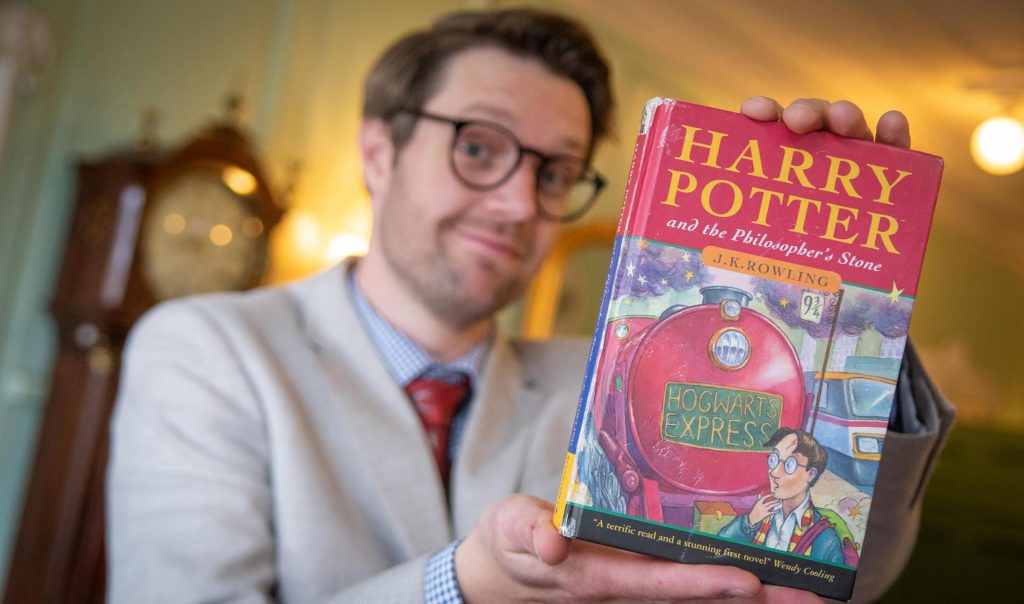
First Edition Books
If you’ve had no luck in all the previously mentioned goods, you should have with this. Usually, book publishers release a first edition of a book before revised editions are released few years later.
It’s this first editions collectors want. For example, Harry Potter and the Philosopher’s Stone is worth thousands of dollars in the market.
If you have the first edition of this book, you could get up to $63,000 for it.
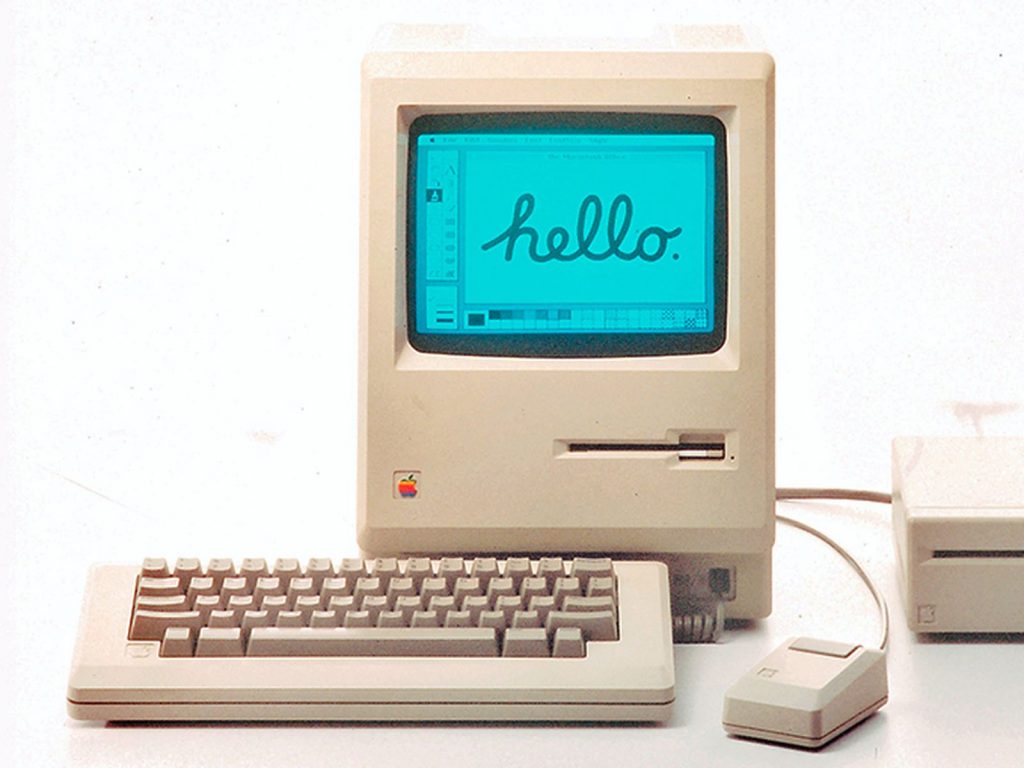
Old Apple Computers
With earlier made Apple products being in demand, vintage Apple computers are being searched for as well.
For example, one of Apple’s first computers, Apple I which was released in 1976 is worth around $40,000. This is because it’s a limited version as only 575 were sold around that period.
The next Apple computer, Apple II had over six million sales thus it has not worth as much.
For those who still have these vintage Apple products, good news is it’s in demand and it can get you between $700 to $2,500 in return.
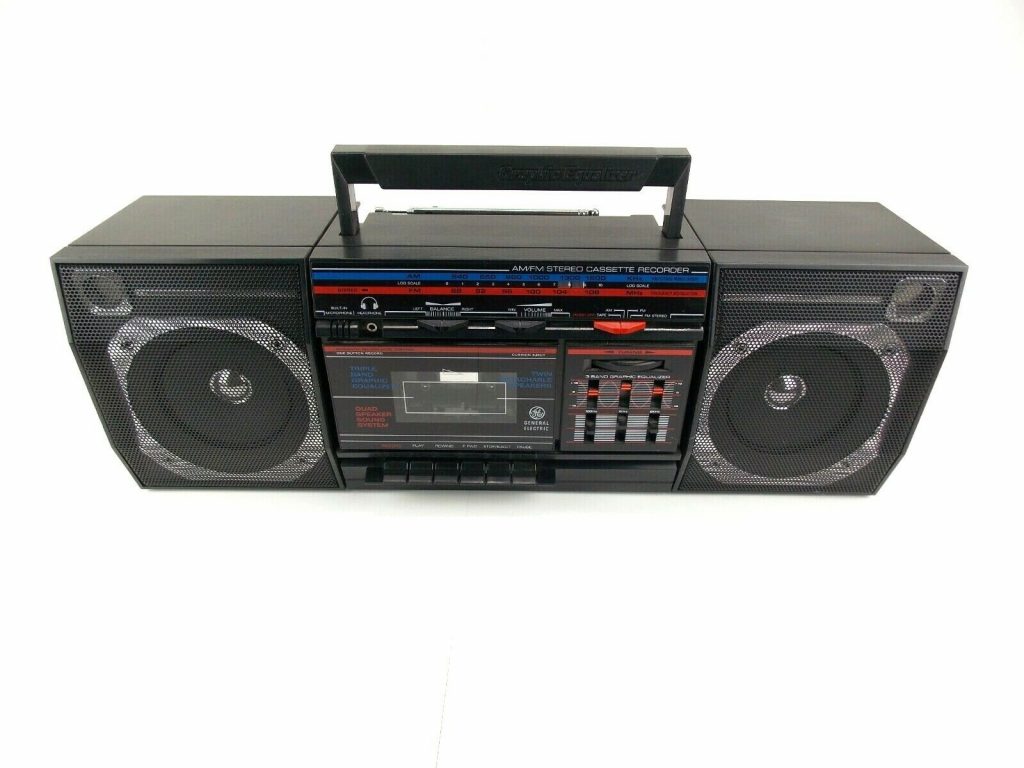
1980s Boomboxes
Way back then, this was a trend in the streets. It was cool and everyone longed to have one. They had features like buttons, dials, switches with the exceptional feature of being loud.
Many might still possess these old sets of Boomboxes and they’re worth thousands of dollars on eBay.
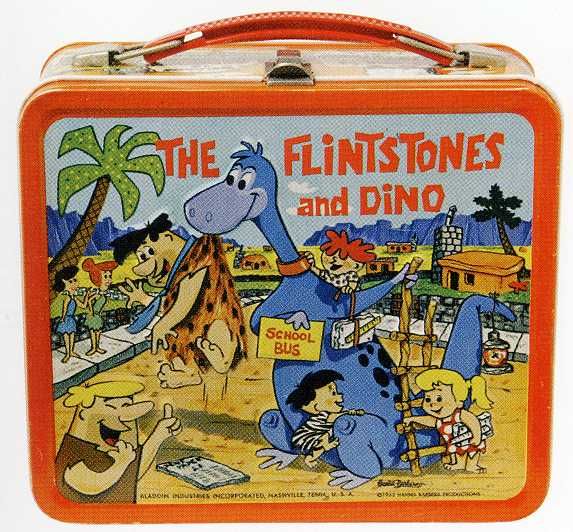
Vintage Lunchbox
Who would have thought lunch boxes which were a common sight when we were young could now be worth a lot of dollars?
In an episode of Pawn Stars, an authentic Jetsons lunch box was sold off for $400. It could have been more expensive if it had matching thermos.
Being that modern versions exist, collectors want this old, vintage lunch boxes because they are rare. And one could gain a few hundreds in return.
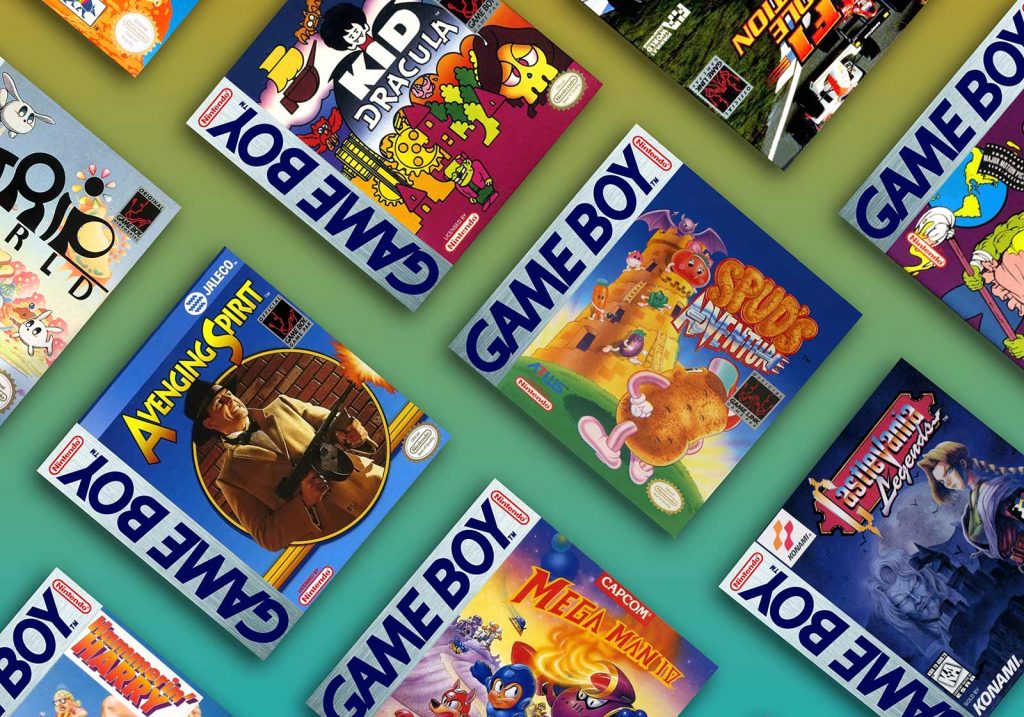
Rare Gameboy Games
Handheld gaming devices such as the Nintendo Gameboy made guys go crazy the year they were released. Because they had some cool games. For those who still have it, they’re going off for a fortune.
Some like the Shantae, a cult classic for the Gameboy color ($300 to $760), Trip World, a proto-Kirby game for the Gameboy ($280 to $1,200), or Spud’s Adventure, a Gameboy classic about potatoes ($190 to $1,520).
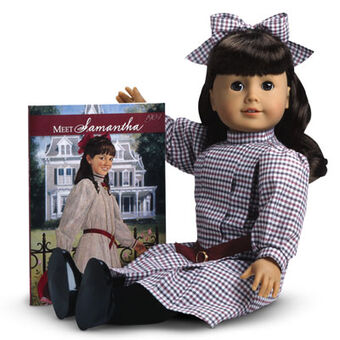
American Girl Dolls
Dolls were a thing to most little girls in the 90s and perhaps they’re still a thing. But it’s quite known that they cost a whole lot.
For instance, the Molly McIntire is valued at $1,250 and there are famous ones like the Samantha Parkington which sells for the same amount.
Perhaps the most expensive doll is the Kanani Akina, which was released as a limited edition. Those who have this can sell it for $2,500.
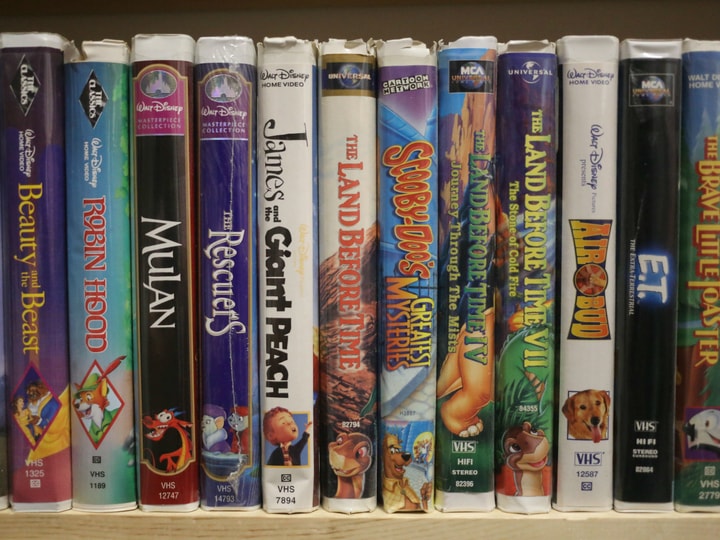
VHS Tapes
Disney films released in the past are worth a fortune these days. For instance, the Beauty and the Beast edition VHS is worth over $10,000.
Others like The Godfather trilogy or the Beatles documentation “Let It Be” can recoup a few hundreds as well.
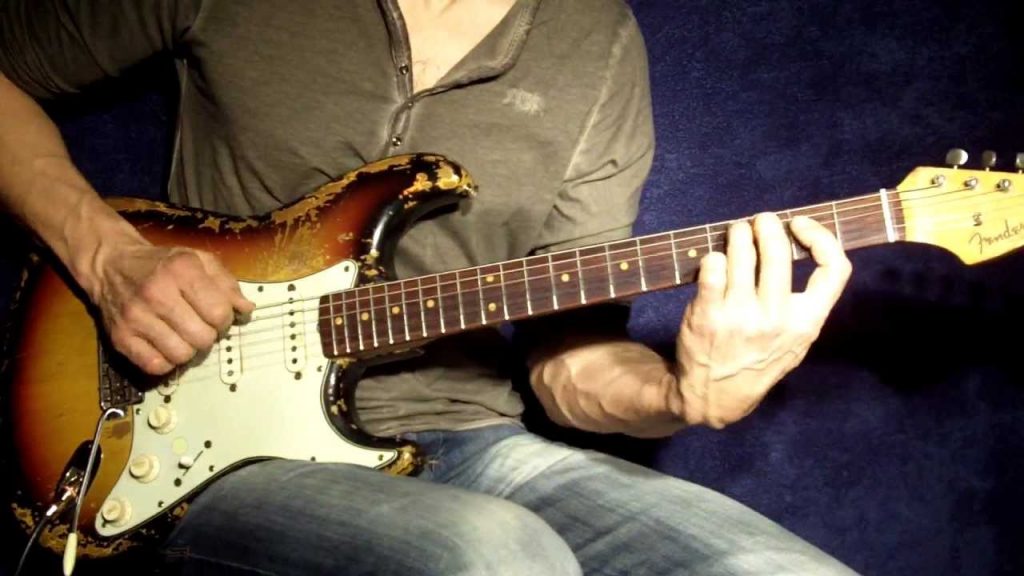
Classic Guitars
Remember those old guitars you saw in grandpa’s living room, just lying down there with no use, how about you cash in on them?
Or your parents had this guitar passed down to them but now useless or being dumped down in your store, a few thousands can be generated from the sale of these instruments.
Classic guitars form the 1950s and 60s from brands like Fender or Gibson can bring you like $10,000 or even more.
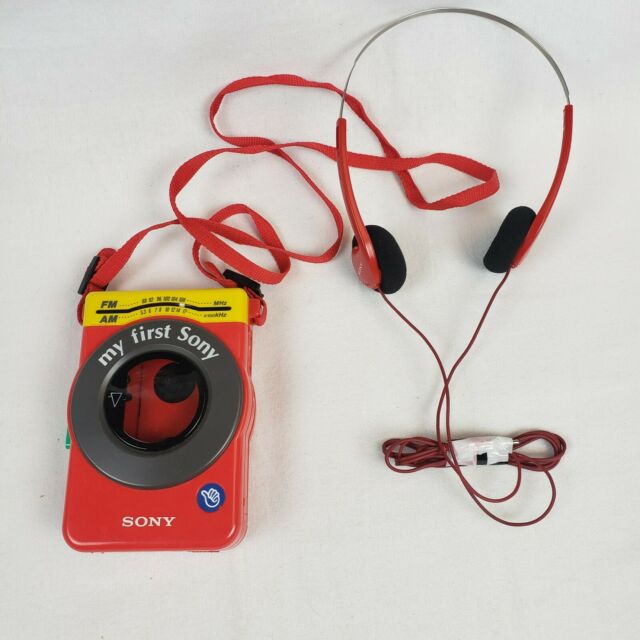
Sony Walkmans
Long before the advent of latest gadgets, the Sony Walkman was the go-to tool for listening to music.
One of the earlier versions of the Walkman, the TPS-L2 was valued at $450 back then in 1979 when it was released.
It’s possible you might not have this model, there are others that might interest collectors. The DD Quartz and the WM EX808 HG can generate some funds as well.
Collectors could also part with a huge sum if you have a Walkman unopened.
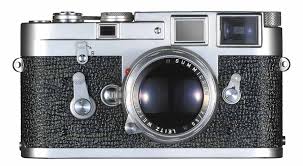
Vintage Cameras
Years have gone by and they’ve been an upgrade in cameras in the past decades.
Features that came with old cameras have been discarded for new ones and thus, some film makers are in need for these vintage cameras.
For example, it’s difficult to create feeling of using a dark room but this can be easier if there’s a vintage camera. If you have a vintage Leica, you could recoup a few thousands in exchange for it.
The Leica M3 goes for $900 to $1200, making it one of the most demanded cameras out there.
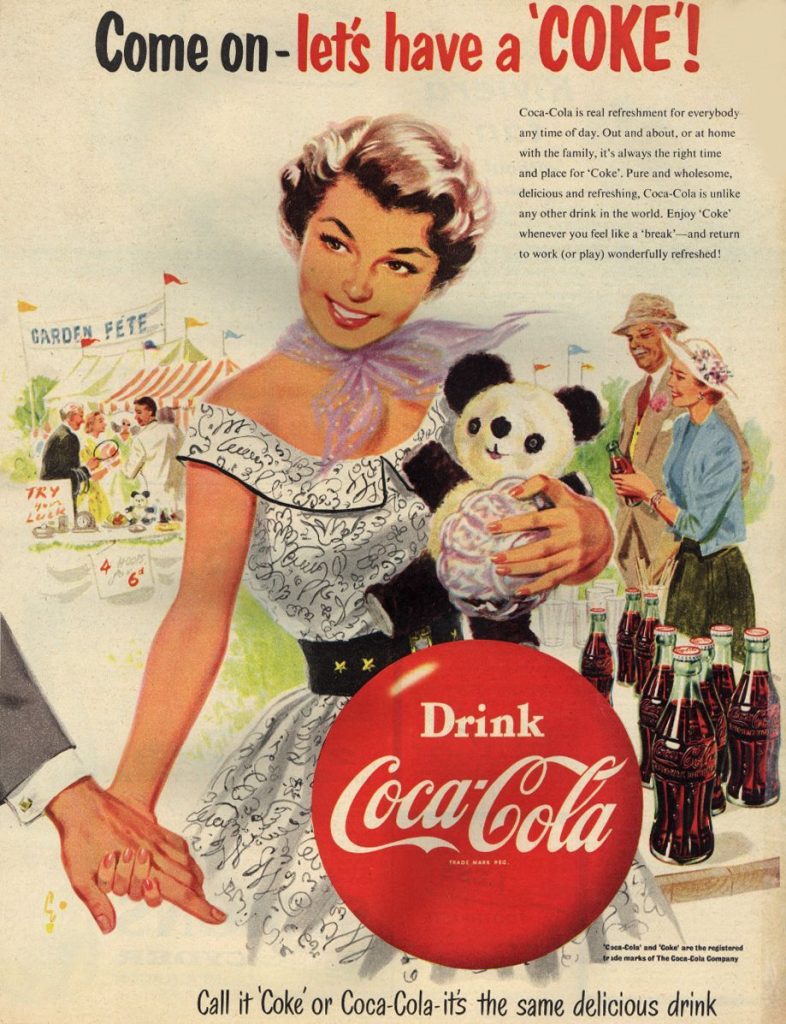
Vintage Coca – Cola ads
Coca Cola brands are always known for their story telling ads which are usually fascinating.
Just a glimpse at a past Coca Cola ad might make you hunger for it.
These vintage ads interest collectors. Just like the one seen above, collectors are paying hundreds for some of these vintage items that advertise Coca Cola. One metal tray with a painting by Norman Rockwell got sold for $1,610 in 2010.
One must however be careful as some of these ads might be a reproduction.
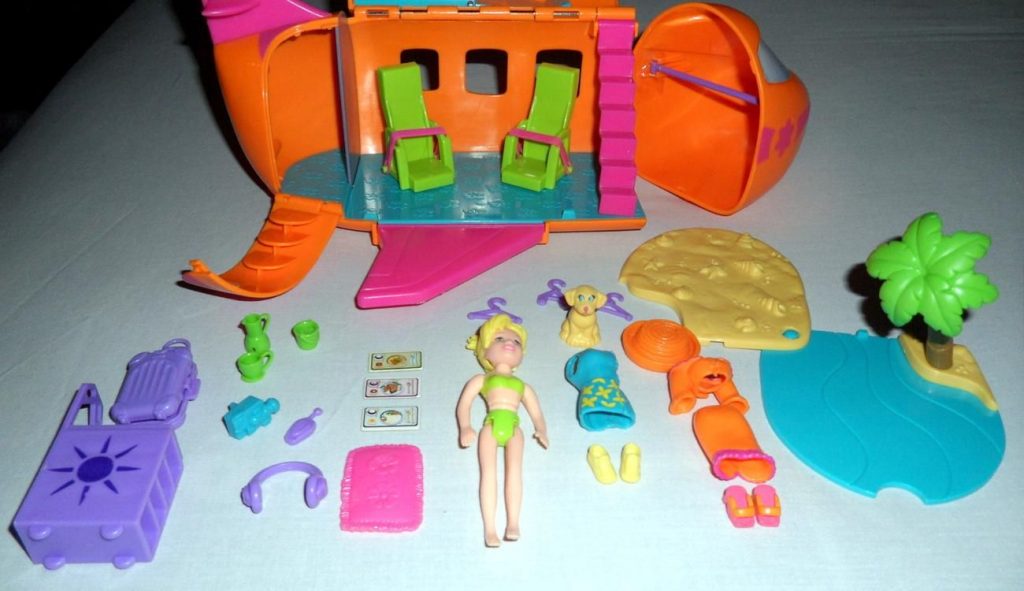
Polly Pocket Sets
If you still got any of those Polly Pocket sets still in good condition, perhaps this is the best time to cash in on them.
Valued around $500, one would wonder why they are demanded.
In the 90s, the company that made them, Mattel stopped production. Since they were rare, they were being sought for in the market. However, a fan club began to collect the remaining pieces by buying them from those who still have them.
Recently, a Peter Pan playset was sold off for £1,044 in the UK. Whilst in America, there’s not a high demand for these toys due to the availability here.
Yet, this would be a good time to trade off these Polly Pocket sets as they are are in high demand now.
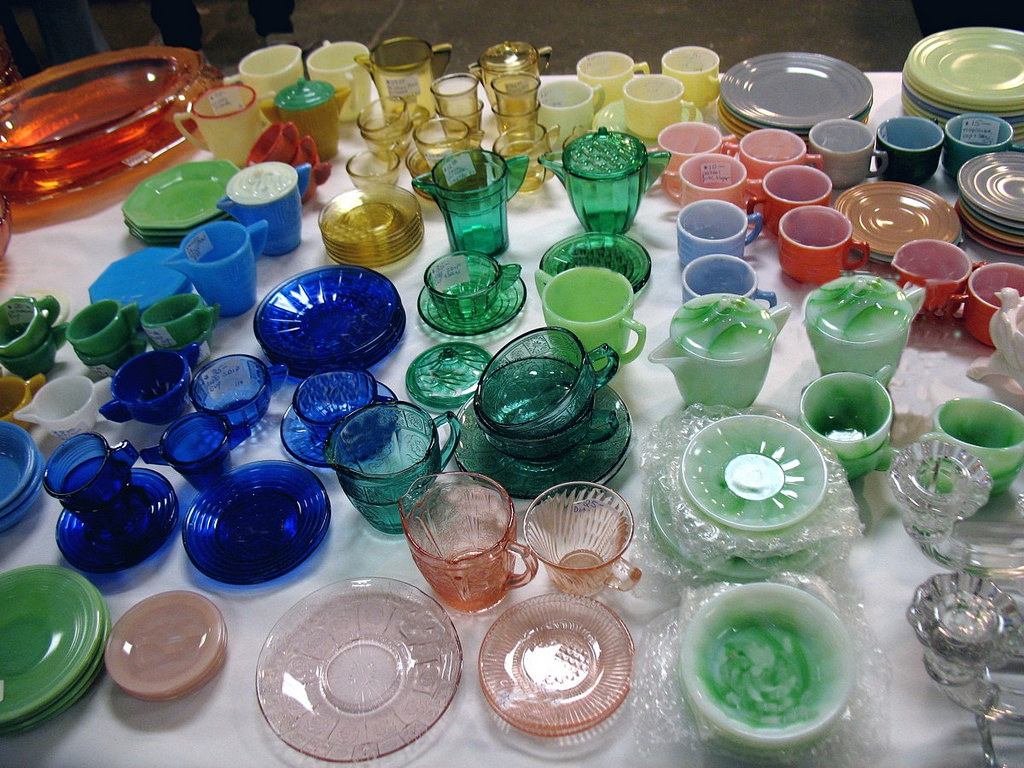
Great Depression Glassware
During the times of the Great Depression, people bought these sets of glassware to preserve food. Cheap at the time, they came in bright translucent colors as they sold by food distributors like Quaker Oats.
Then, they were not of high value because of the cheap prices they were sold and hence they could be easily replaced.
But now, there seems to be this nostalgia for these glassware as people are now longing to have one. With this, value for these items has risen up with much emphasis for those that came in pink, cobalt blue and green.

Autographed Sports Memorabilia
Two decades ago, it was a regular sight for children to bring their cards, shirt, caps or any other item to get it signed by their sporting idols.
While that might not be common now, since already autographed outfits are sold online, if you have a Mickey Mantle autographed baseball for instance, you can get $$$ for that.

Disney Theme Park Souvenirs
Remember those times we went on vacation to Disneyland and were given souvenirs or bought one at the stores? Those theme park souvenirs can be redeemed for some huge bucks.
For staunch Disneyana (a word that explains the Disney ephemera and collectibles) fans, theme park souvenirs are highly sought after as they are the best of their collections, particularly the vintage items from the ancient years of Disneyland and Walt Disney World.
If you have any of these items, you could trade them off for a few hundreds on eBay.

Trading Cards
Trading cards have been known to be worth a fortune and their worth keeps rising. Recently, a LeBron James card got sold for about $1.8 million.
It’s not only sports cards that are worth a huge amount, some old Pokémon cards from the 90s are valued highly.
Culture
Farmer’s Legacy Protects Critically Endangered Plains-Wanderer
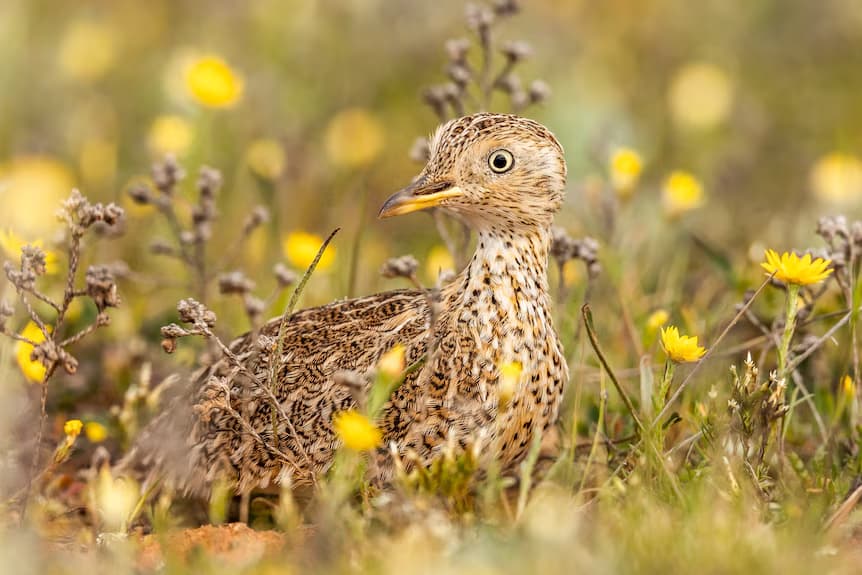
Ten years ago, George Cullinan stumbled upon a curious bird on his farm in Victoria’s Mallee region. The bird, which he found lifeless in a water trough, had yellow legs and a yellow beak that sparked his curiosity. Wanting to learn more, Cullinan reached out to his friend and conservationist, Greg Ogle. What he discovered was remarkable—the bird was a plains-wanderer, one of Australia’s rarest species, with a dwindling population of just 250 to 1,000.
Cullinan, who passed away at the age of 98 just three weeks ago, left behind a lasting legacy. His conservation efforts are now helping protect this critically endangered bird, whose habitat has significantly shrunk over the years. Once widespread across parts of Australia, the plains-wanderer is now mostly found in limited areas of Victoria, South Australia, and southern New South Wales.
The plains-wanderer is an ancient species that evolved over 100 million years ago. Its unique status makes it a top priority for conservation, according to the Zoological Society of London. With its distinctive call that resembles a cow’s moo, this small bird is now fighting for survival due to habitat loss.
Working closely with Trust for Nature and the Birchip Landcare Group, Cullinan took significant steps to help the plains-wanderer thrive on his property. By installing song meters equipped with microphones, Cullinan’s team was able to capture 110 distinct calls of the rare bird within just three weeks—clear evidence that more than one bird inhabited his land.
To ensure the long-term survival of the species, Cullinan established a 91-hectare conservation covenant on his 2,000-hectare farm in 2024. This protected area, featuring a shallow lake and ancient box trees estimated to be 500 years old, provides the perfect conditions for the plains-wanderer. Known as the “Goldilocks” bird, the plains-wanderer requires ground cover that is not too dense but not too sparse—conditions met by Cullinan’s property.
David Dore, Trust for Nature’s manager, emphasized that Cullinan’s land offered a “supermarket” of plants, such as spear grasses and lilies, where the plains-wanderer can find food throughout the year. Dore praised Cullinan’s quiet but monumental contribution to conservation, calling the farmer’s work an act of environmental activism that will leave a lasting impact.
Cullinan’s dedication to preserving the bird’s habitat was recognized at his graveside service last month. Brian Lea, a member of the Birchip Landcare Group, reflected on Cullinan’s enduring contribution. “His last gift to the birds is something that will keep him in people’s memories for a long time,” Lea said.
Cullinan’s conservation work ensures that the plains-wanderer will have a safe haven on his farm for generations to come, preserving the habitat of one of Australia’s most critically endangered species.
Culture
Guam Kingfisher Released into the Wild After 40 Years of Extinction
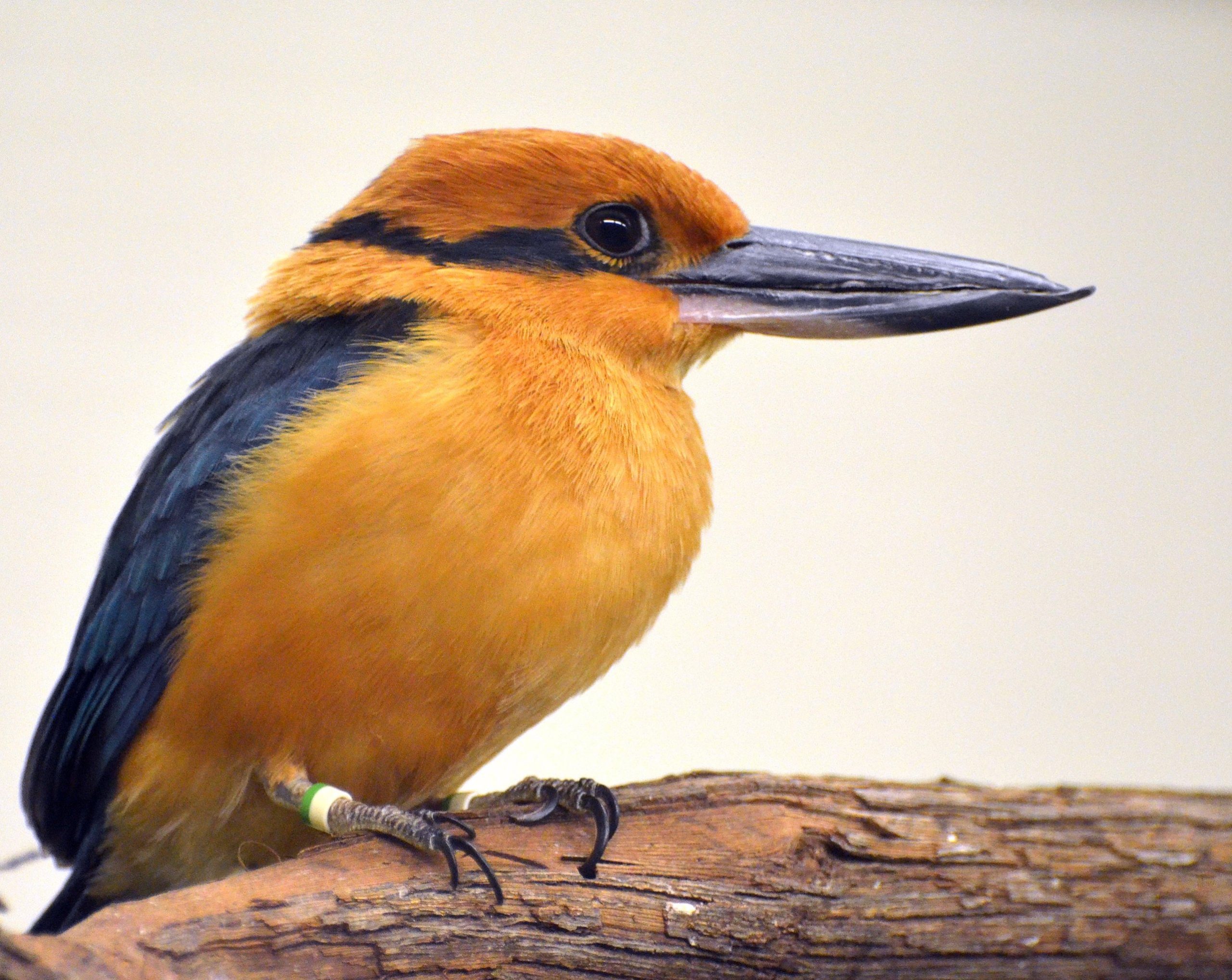
For the first time in nearly four decades, the Guam kingfisher, known locally as sihek, has returned to the wild. Six of these vibrant birds were released on September 23, marking a historic milestone in conservation efforts.
The sihek, which once flourished in Guam’s forests, had been declared extinct in the wild since 1986 due to the introduction of the invasive brown tree snake. This predator decimated the island’s bird population, including the sihek, by preying on their eggs. Fortunately, conservationists launched a captive breeding program, which kept the species from disappearing entirely.
The six birds were released on Palmyra Atoll, a predator-free island located about 3,700 miles east of Guam. This release is part of a long-term project aimed at establishing a breeding population on the atoll as a first step toward eventually reintroducing the sihek back to its native habitat in Guam.
The road to this moment began earlier in the year, with the hatching of the first sihek chick of the season at Sedgwick County Zoo in Kansas. Given that only 45 breeding females remain worldwide, each successful hatch is a critical victory for the species. Specialists from various institutions, including the Zoological Society of London and the Smithsonian’s National Zoo, worked tirelessly to care for the chicks and prepare them for life in the wild.
After being flown to Palmyra Atoll in late August, the birds spent time acclimating before their release. Each sihek is equipped with a small radio tracker to monitor their movement, habitat use, and eventual breeding behavior. Researchers will be closely watching the birds in the coming months as they adapt to their new environment and hopefully establish territories for breeding.
The return of the sihek to the wild has been the culmination of decades of collaborative effort between organizations like the U.S. Fish and Wildlife Service, Guam’s Division of Aquatic and Wildlife Resources, The Nature Conservancy, and several zoos. Their goal is to build a sustainable breeding population that can one day thrive in Guam’s forests once the brown tree snake threat is under control.
Although the release is a reason for optimism, conservationists remain cautious. With only a few dozen sihek left, the species faces significant risks, from disease to natural disasters. However, the successful reintroduction of extinct-in-the-wild species, such as the red wolf and California condor, proves that with dedication and proper resources, these efforts can succeed.
As Donal Smith, a researcher with the Zoological Society of London, pointed out, maintaining endangered species in captivity is no small feat. “Reintroduction programs like this require years of preparation and coordination. It’s essential that conservation efforts continue to receive the support they need to prevent more species from being lost.”
The sihek’s release offers a glimmer of hope in the face of ongoing environmental challenges. If all goes well, these birds will one day fly free in the forests of Guam once again.
Culture
From Conflict Zone to Conservation Triumph: Upemba National Park’s Remarkable Recovery

In the heart of the Democratic Republic of Congo (DRC), Upemba National Park is witnessing a remarkable transformation. Once dubbed the “triangle of death” due to rebel activity, this vast wilderness is slowly reclaiming its status as a thriving wildlife haven, thanks to the unwavering dedication of its rangers and conservationists.
The park’s tumultuous history began in 1998 when Bakata Katanga rebels sought refuge within its borders, leading to widespread poaching and devastation of wildlife populations. Elephants, lions, and zebras, once abundant, were pushed to the brink of local extinction. Even the park’s rangers, left unpaid during the Congo wars, resorted to poaching for survival.
However, recent years have seen a dramatic turnaround. Under the leadership of site manager Christine Lain, Upemba has secured crucial funding and revitalized its demoralized ranger force. The results are encouraging: elephant numbers have risen to about 210, while the zebra population – unique to this part of DRC – has rebounded from a mere 35 to an estimated 200.
Despite these successes, challenges persist. Poaching remains a threat, and the park faces potential disruption from nearby mining activities and oil exploration. To counter these pressures, park management is focusing on expanding the ranger force and conducting comprehensive biodiversity surveys to strengthen the case for Upemba’s protection.
The park’s recovery is not without human cost. Rangers like Sylvain Musimi continue to face danger from militant groups, with two rangers losing their lives this year alone. Yet, their commitment to Upemba’s restoration remains unshaken.
As Upemba National Park continues its journey from a conflict-ridden zone to a beacon of conservation, it stands as a testament to the resilience of nature and the dedication of those who protect it. The park’s story offers hope that even in the face of seemingly insurmountable challenges, conservation efforts can yield remarkable results.
Culture
From Warzone to Wildlife Haven: Ukrainian Intelligence Rescues Symbolic Owls
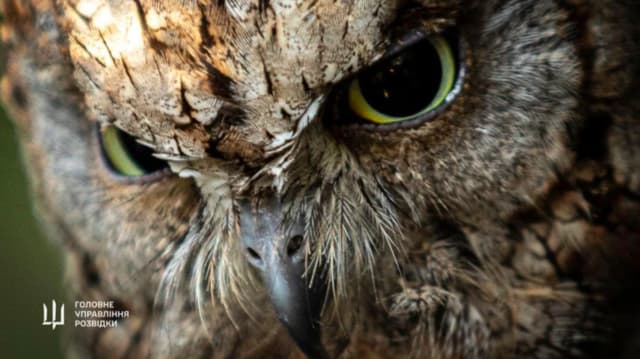
In a heartening tale of compassion amidst conflict, Ukraine’s Defence Intelligence (DIU) has facilitated the rescue and relocation of two owlets from the embattled Kharkiv region to Kyiv Zoo. This rescue operation, carried out on August 1, 2024, highlights the Ukrainian military’s commitment to preserving life in all its forms, even in the midst of war.
The young owls, now named Arei and Magura, were discovered by members of the 92nd Separate Assault Brigade during a mission near Lyptsi village. Found in dire conditions within a war-damaged structure, the birds were immediately taken into care by the soldiers.
Following their initial rescue, the owlets were brought to the attention of Kyrylo Budanov, Chief of DIU. Given the owl’s symbolic significance to Ukraine’s Defence Intelligence, Budanov made the decision to provide them a new home at Kyiv Zoo, where they will reside in a specially prepared aviary.
DIU representative Andrii Yusov emphasized that this rescue exemplifies the Ukrainian forces’ dedication to protecting not just human lives, but also those of animals caught in the crossfire. The decision to house the owls at Kyiv Zoo was motivated by a desire to share this positive story with the public, particularly allowing Ukrainian children to interact with these native birds.
Kyiv Zoo’s CEO, Kyrylo Trantin, expressed gratitude for the military’s efforts and assured that the zoo would provide comprehensive care for Arei and Magura, including rehabilitation and adaptation support. This rescue serves as a poignant reminder of the zoo’s ongoing efforts to safeguard animals during wartime.
This heartwarming incident stands as a testament to the Ukrainian people’s resilience and compassion, showcasing their ability to nurture life and hope even in the face of adversity.
Culture
Eco-Friendly Tourists in Copenhagen to Receive Free Food and Tours

Visitors to Copenhagen who participate in environmentally-friendly activities, like litter picking or using public transport, can earn free food, cultural experiences, and tours as part of a new pilot program.
The CopenPay trial, running from July 15 to August 11, turns eco-friendly actions into rewards, according to Visit Copenhagen, also known as Wonderful Copenhagen.
For instance, visitors who bring plastic waste to the National Gallery of Denmark can join a workshop to create art from the materials. Those who cycle or take public transport to the city’s famous heating plant can ski down the artificial slope on the building’s roof.
“CopenPay rewards actions like cycling, participating in cleanup efforts, or volunteering at urban farms with access to a variety of experiences in Copenhagen,” said Wonderful Copenhagen in a statement. “This includes free guided museum tours, kayak rentals, and even a vegetarian lunch made from local crops.”
Copenhagen is known for its beautiful architecture, excellent food, and clean, green environment. It’s also a great place for cycling, with 237 miles of bike lanes and 62% of citizens commuting by bicycle, according to the tourism board.
“With CopenPay, we’re helping people enjoy more of what Copenhagen has to offer while reducing their environmental impact,” said Mikkel Aarø Hansen, CEO of Wonderful Copenhagen. “It’s about creating enjoyable and environmentally responsible experiences.”
Tourists can earn rewards by showing a public transport ticket, but the system is mostly based on trust. An online map shows over 20 participating venues. If successful, the pilot project could become a year-round program.
This initiative comes at a time of growing concern over the environmental and social impacts of tourism, which have led to protests in Barcelona, the Canary Islands, and Mallorca.
“We need to change tourism from being an environmental burden to a force for positive change,” said Hansen. “An important step is changing how we move around, what we consume, and how we interact with locals.”
-

 OMG7 years ago
OMG7 years agoA Couple Gave Birth to the Most Beautiful Twins Ever
-

 OMG8 years ago
OMG8 years ago20 Rare Historical Photos
-

 OMG7 years ago
OMG7 years agoHilarious Airport Photos
-

 Cute7 years ago
Cute7 years agoMom Refuses to Let Daughter Eat Sugar and Years Later This is What She Grows Into
-

 OMG7 years ago
OMG7 years agoTop Secret Air Force One Facts That You Never Knew
-
OMG7 years ago
The Funniest Yearbook Photos Of All Time
-

 OMG7 years ago
OMG7 years agoRetired Mathematician Restores Log Cabin
-

 OMG6 years ago
OMG6 years agoWhat Happened When This ‘Duck Dynasty’ Legend Chopped Off His Beard?